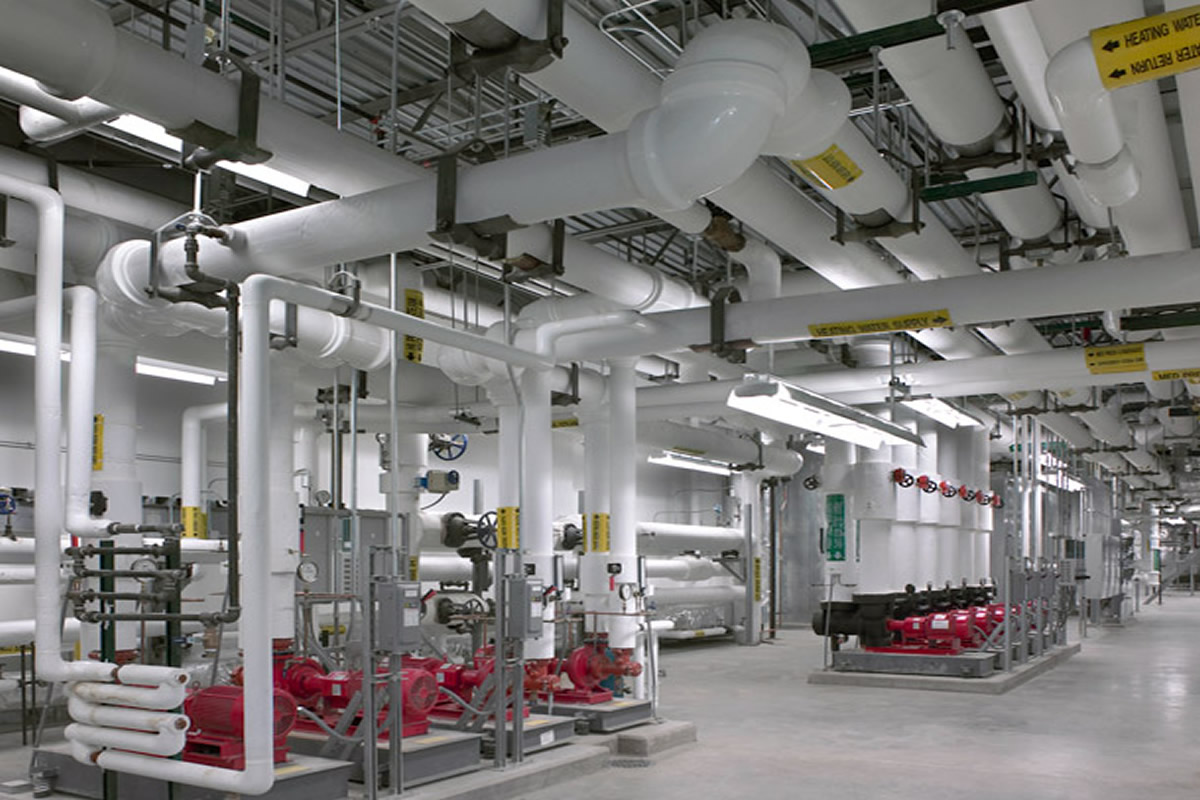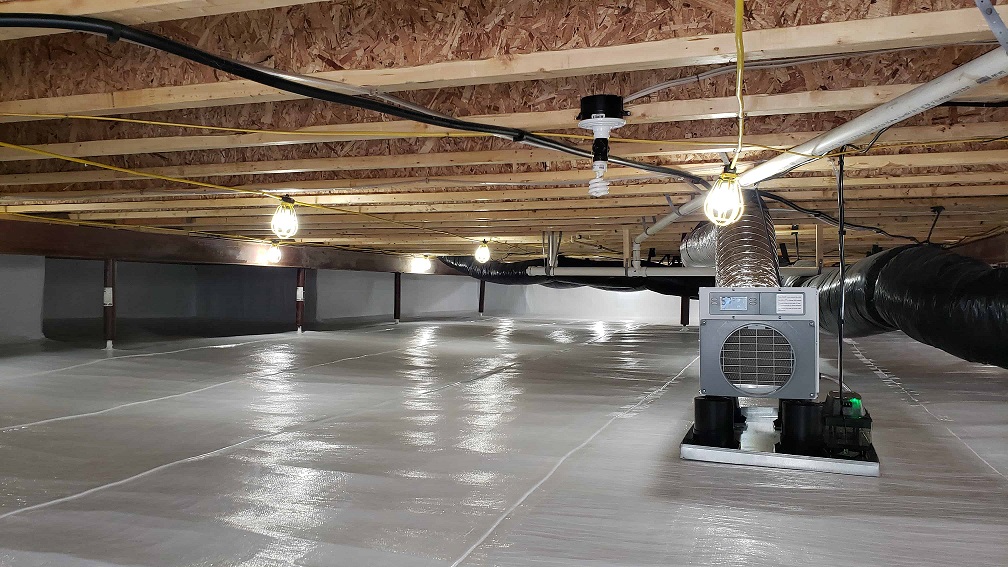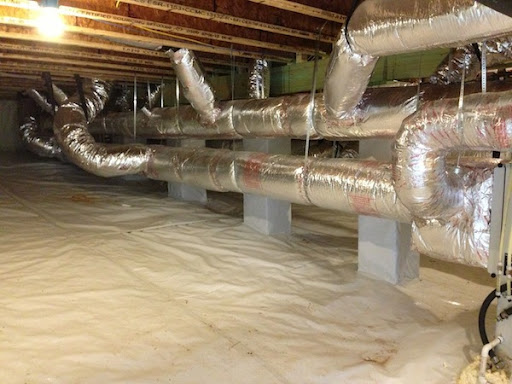Introduction Churches and other places of worship require HVAC systems that increase comfort, energy efficiency and ensure quiet operation. Unfortunately,

Introduction
An HVAC engineer is responsible for creating the Heating, Ventilation & Air Conditioning (HVAC) system design according to the requirements of each building. While doing so, there are certain HVAC standards published by various HVAC industry organizations. Most local building codes across the country use these standards as references for HVAC systems design. More importantly, they ensure that the installation and design of HVAC systems are done appropriately.
In essence, an HVAC system installation should provide an adequate and comfortable indoor environment for human occupancy. To be precise, they deal with outdoor air supply, ambient temperatures as well as relative humidity.
That said, let’s look at some industry standards that apply to HVAC system design. First, let’s check out some of the main HVAC industry organizations that publish these technical standards!

HVAC industry organizations
Several organizations publish both local and international HVAC standards. However, the main institutions include;
However, in this article, we’ll only be looking at HVAC standards published by ASHRAE!
What’s ASHRAE?
The ASHRAE is an institution that specializes in developing indoor-environment-control technology in the HVAC industry. Currently, this institution has over 50 thousand members from more than 132 countries.
Interestingly, ASHRAE was formed after the ASRAE (established in 1904) and the ASHAE (established in 1894), merged in 1959. More importantly, the organization was formed to develop technical guidelines and standards for the HVAC industry. In addition, the organization offers career guidance, educational information, seminars, publications, and courses.
ASHRAE Standards for HVAC design
The HVAC standards developed by ASHRAE provide HVAC professionals with up-to-date procedures for designing, installing, and testing HVAC equipment. Also, these standards provide HVAC experts with consistent information and terminology about the HVAC industry.
Specifically, these standards are created by guideline project committees. These groups focus on various areas like thermal comfort, air quality, building energy conservation, and refrigerant emission reduction. More importantly, these guidelines and standards undergo continuous maintenance and revision from the society members. As a result, you’ll find technology resources listed on the organization’s website and a journal that’s published monthly.
The most recent ASHRAE standards mainly address the issue of energy efficiency in existing structures. Also, they talk about managing the risk of a certain bacteria (Legionella) that cause Legionnaires’ lung disease.
Moving on, the popular 2018 ASHRAE standards address energy standards for structures, apart from low-rise homes. Moreover, they discuss ventilation for acceptable IAQ (Indoor Air Quality), energy efficiency, and the design of green buildings.
As mentioned earlier, there is a series of public reviews and a technical committee that develop ASHRAE standards. More importantly, these committees review the standards after every 5 years to keep the information up-to-date. Even better, ASHRAE’s website has all the information on the drafts and procedures, notices of any project committee meeting, publication notices, and downloadable versions on all standards.

How HVAC engineers apply HVAC standards in Project design
HVAC standards provide HVAC engineers with calculation procedures for various aspects of HVAC system design. More importantly, these standards ensure that the professional considers the best HVAC industry practices while designing HVAC systems.
As an example, the ASHRAE handbook contains very important standards for MEP design engineers. Specifically, it contains 4 volumes, namely; HVAC Systems & Equipment, HVAC Applications, Fundamentals, and Refrigeration. However, like other ASHRAE standards, this handle is constantly being updated and reviewed by technical committees. Also, it is available in various versions including Online, printed as well as CD-ROM versions. HVAC engineers who are members of the ASHRAE organization get the latest ASHRAE handbook every year.
Moreover, HVAC engineers use the ASHRAE Standard 90.1, both internationally and nationally to enhance buildings’ energy efficiency. Similarly, most local energy codes use this standard as a reference. In addition, there is Standard 90.2 that focuses on the energy efficiency of low-rise residential structures.
Note, ASHRAE standards are not the only HVAC standards used by HVAC engineers. Instead, they use standards from other HVAC industry institutions as well.
For instance, SMACNA standards address the installation of HVAC systems that utilize air ducts. To be precise, they offer the MEP design requirements for both fiberglass and sheet metal ducts. HVAC experts follow calculation procedures highlighted in SMACNA standards to ensure proper sizing of air ducts. Also, these calculations ensure that air ducts meet static pressure and airflow requirements.
NFPA standards, on the other hand, handle the issue of fire protection. This is a very crucial aspect for HVAC equipment that uses heating oil or natural gas as its power source. NEC (National Electrical Code), is one of the many NFPA Standards. This standard applies to all circuits that power HVAC protection systems and installations.
Like other HVAC industry organizations, ACCA has also released a set of technical manuals for HVAC system design. These standards include calculations for several aspects of HVAC system design and equipment selection guidelines. Moreover, ACCA manuals are available in both commercial and residential versions. These versions cover various topics such as; duct size calculation, air distribution, system zoning, and system concept. Also, they cover load calculation as well as HVAC testing, adjustment, and balance.
Final Word
HVAC industry standards can seem confusing at first. However, they guarantee safety, high performance, and energy efficiency when designing HVAC systems for buildings.
If you’re in California, make sure you engage a qualified HVAC contractor like Innodez Design & Engineering in your project. Our qualified HVAC engineers are familiar with all the applicable HVAC standards. For that, you can rest assured that they will effectively use them during the HVAC design process of your building.
About Author
InnoDez